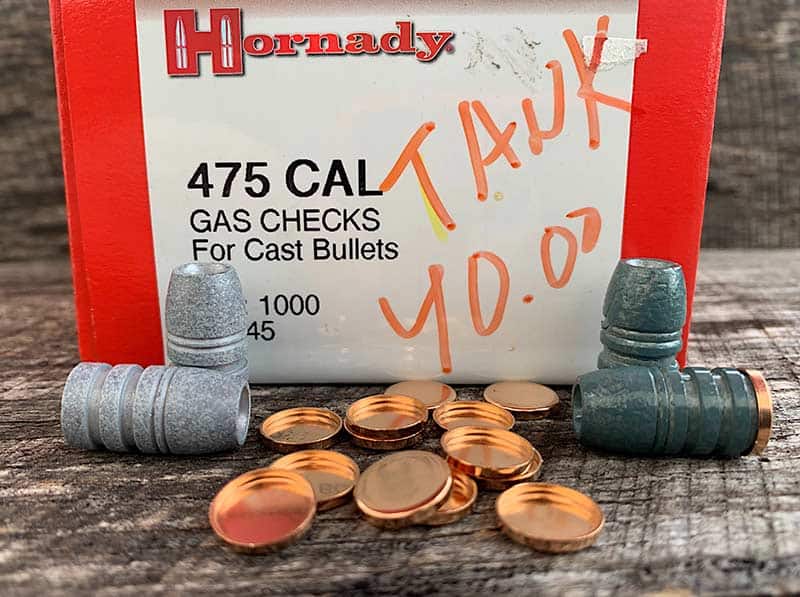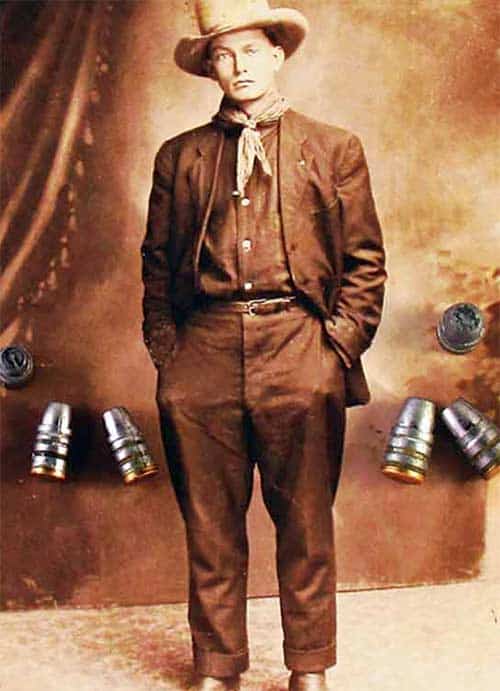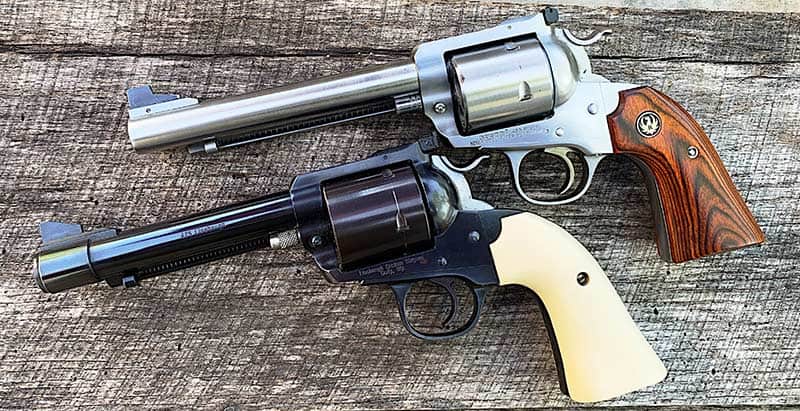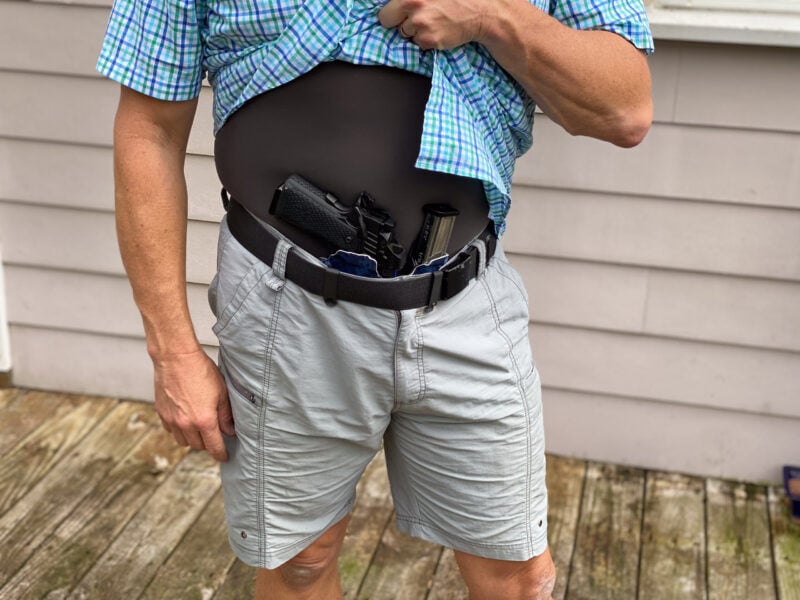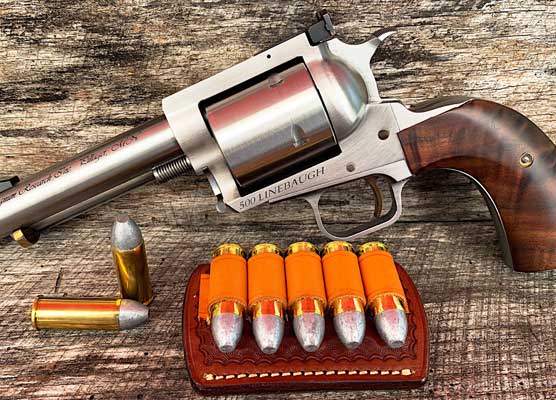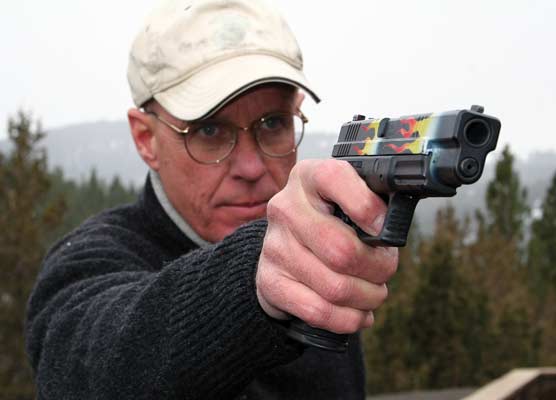Sometimes A Gas Check
Is All You Need
As an admitted cast bullet junkie, I’m simply in love with these humble, yet effective projectiles. Formed from molten lead alloy to any shape our hearts desire, they are appropriate for any job at hand, as long as use the proper mold shape, diameter size, alloy hardness and load. Despite our best efforts, sometimes you’ll run into a problem.
Snafu?
Every now and then, despite using the proper alloy, load and mold selection, you’ll get leading. I’ll admit, since powder coating my bullets, this occurrence happens less often. But sometimes, even when everything is right, you’ll still get lead fouling because of a rough bore.
But fear not, we have ways of dealing with these ruffians. I have some friends who simply shoot a couple thousand jacketed bullets to smooth out the bore of any micro imperfections before transitioning to cast bullets. This isn’t an option for a cheapskate like me. Jacketed bullets are just too expensive for that much shooting.
Next best option is to fire-lap your bore, which involves shooting oversized soft cast bullets impregnated with lapping compound and shooting at low velocity until your bore is smooth. Usually, a hundred bullets, or less, will take care of the roughest bores. This method can also curtail any barrel constrictions you may have caused from thread choke, where the barrel constricts where it is screwed into the frame of the gun.
Check Mate?
One of the easiest ways to correct lead fouling in your sixgun is by simply using cast bullets designed for gas checks. What is a gas check you ask? It’s a metal cup, usually made of copper, or aluminum, that crimps onto the base of the bullet. It protects the base from the hot gases caused from the burning powder.
The gas check also scraps the bore as the bullet travels down the barrel. The only downfall to gas checks? Cost, and applying them on your bullets. The Lee Precision Automatic Processing Press (APP) makes applying gas checks a lot easier, and I mean a lot. All you do is lay the gas check on the base of the bullet and send it home, that is, push it down the sizing die.
We can thank Ray Thompson for designing gas checked cast bullet designs in the 1930s. Thank you, Ray!
.480 Ruger Fits
I have a Ruger five-shot .480 I absolutely love, but it has a rough barrel that leads badly. Despite our rough relationship, it still shoots accurately for 20-25 rounds before groups start opening up. There are two easy ways to clean your barrel of fouling.
The first is to shoot a few jacketed bullets. It’ll clear the bore lickity-split. The second is to run a bore brush wrapped with chore boy copper scrub pad and run that down your barrel a few times. It will knock the lead right out.
MP Molds
I noticed MP Molds was having a sale and had my favorite .477” bullet (477-640) in stock with gas check design. I quickly ordered the mold and had it on my doorstep in three days … from Slovenia! Talk about fast shipping! Miha Previc does a wonderful job with his company.
With mold in hand, I cast a few hundred, powder coated them and sized them with my Lee APP, while applying the gas checks. I loaded a box full using 14.0 grains of Hodgdon HS-6 and went to the range. After shooting 25 rounds, I checked the barrel.
It looked darn good. Not perfect, but good. It was mostly powder residue, with just a scant hint of leading. Nothing to be concerned about. The more I shoot it, the smoother the bore will eventually become. Velocity runs around 1,150 fps for both gas checked and plain base designs.
To Check or Not?
Load development is a lot easier with gas checked bullets. That’s not to say plain base bullets can’t be accurate too, they can just be a little more finicky to do so. Velocity and pressure play a key role, along with alloy hardness and diameter. In the case of my rough bore, the gas check was a simple solution. While I prefer not using gas checks for cost reasons, they are still a good fix when needed, or if you choose to push your home-cast slugs to the outer limits, performance-wise.
If you have problems with load development using cast bullets check out some gas checked designs. I’m sure you’ll see some improvement.


